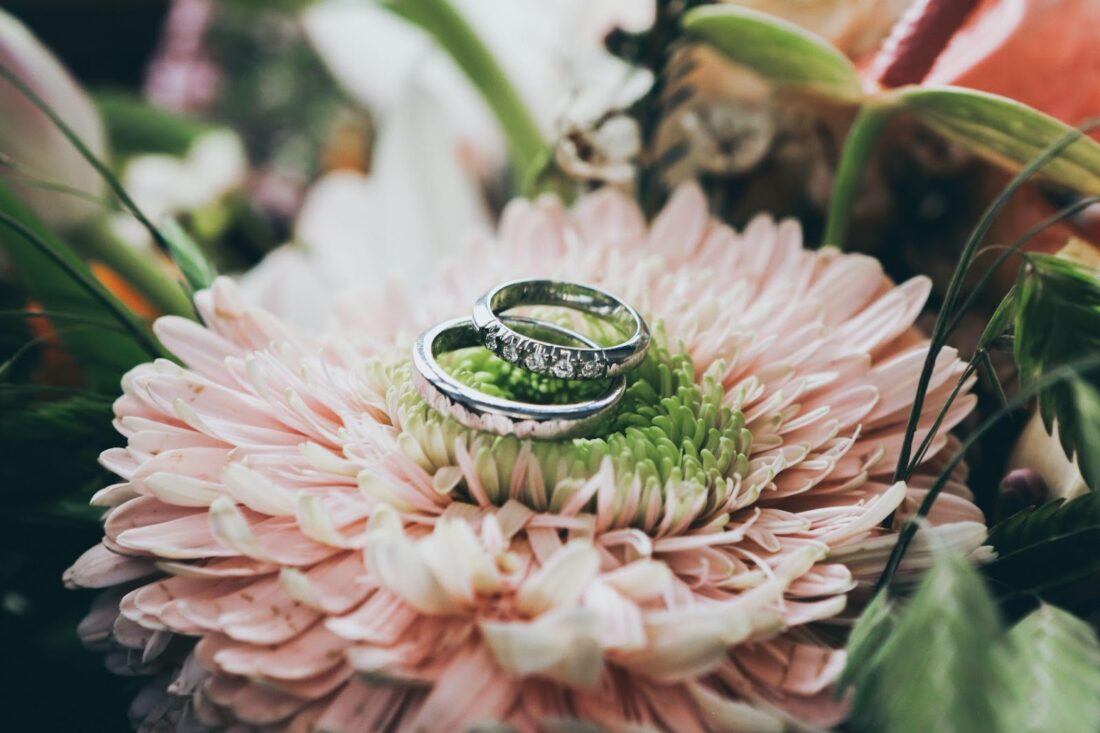An engagement ring represents your pledge of everlasting love, so choosing one should not be taken lightly. Finding the right store to make your purchase from can be just as important as finding the right piece.
Carat weight and size have long been considered important considerations when searching for engagement rings, but clarity of cut may actually hold more value.
1. Know Your Budget
Engagement rings are one of the most significant financial decisions of your life. Experts advise allocating a portion of your income or savings as part of the purchase price; however, ultimately it is up to you and what works for your budget.
At one time, a common rule of thumb was to spend two months’ salary on an engagement ring. While this figure serves as a helpful benchmark, you shouldn’t feel constrained to adhere strictly to it; many jewelers provide both affordable and high-end options. Used rings can be a way to save money without compromising the quality of the diamond.
Selecting a reliable jewelry retailer with proven credentials and certifications is essential, and be sure to become acquainted with their return/warranty policies in case the ring doesn’t meet your expectations or needs. For example, ID Jewelry offers free returns from their online store. This is an essential consideration when it comes to shopping for engagement rings.
Many couples shop for engagement rings with the goal of finding their ideal piece yet can easily get carried away in the excitement of wedding planning. When shopping, be mindful of both budget and style to avoid ending up with something you won’t wear or doesn’t fit right.

2. Know Your Partner’s Style
As part of your search for an engagement ring, it is essential to take your partner’s style into consideration. This can help narrow down your options and find something they will truly love.
If your partner hasn’t mentioned what style they prefer, try asking their friends or perusing their jewelry collection for clues as to what might appeal to them. Checking Pinterest boards might also prove helpful!
3. Get Your Finger Measured
Shopping for engagement rings can be both exciting and satisfying, but it is vital that you accurately measure your finger size. There are various methods available to you for doing this, but one of the most reliable is visiting a professional jeweler to have them conduct an in-person sizing so you can try on different rings to ensure they fit comfortably.
At-home measurements can be made easily using a strip of paper or string and millimeter ruler. Wrap the strip around your finger at its base where a ring would rest, marking where it overlaps with a pen.
Use this strip as a guide over your knuckle before using your ruler to measure its length in millimeters before comparing this measurement against the size chart to find your perfect ring size. You can visit this site to learn more.
When measuring your finger, keep in mind that temperatures can alter it and that ideally it should be measured where you typically wear your ring most often.
4. Research the Diamond
No matter your shopping method, it is vitally important to carefully research the diamonds that comprise your engagement ring. Understanding each aspect of Cut, Color, Clarity and Carat (CCCC) helps determine value as well as appearance of the piece you purchase.
Many consumers are mindful shoppers, looking to make purchases that align with ethical standards. When selecting a retailer, look for one that provides complete transparency regarding where your diamonds come from as well as any additional components such as metal or gem type.
Considerations when it comes to aesthetics also include the shape of your diamond. There are traditional shapes such as round, oval, princess cut, and cushion cut as well as non-traditional ones such as heart, pear, marquise and radiant that you could consider. There are even options for natural or lab grown diamonds!
Before selecting an engagement ring style, it’s essential that you decide if you prefer a solitaire ring with one diamond, or multi-stone rings featuring several smaller stones.
5. Research the Metal
When choosing the ideal engagement ring, there are various factors that must be taken into account. No matter where you shop – from brand name stores, independent goldsmiths and vintage or antique sellers to online jewelers – make sure that you select a jeweler with excellent customer service and experience in the industry. Reading online reviews may help determine their reliability as a vendor.
Metal selection for your ring is another key aspect to consider. Most couples opt for diamond, but there are other choices such as platinum and sterling silver available too – each will have an effect on its cost and quality.
6. Shop Online or in Person
Prior to making your purchase, it’s advisable to research various styles and options available.
Many retailers now provide at-home try-on kits designed to replicate the experience of shopping in-store; these kits include replica rings made of alloy metal with cubic zirconia stones to help shoppers decide their design preference. Furthermore, some stores even offer a bespoke design service for those who don’t wish to shop alone.
Setting is one of the key considerations when shopping for an engagement ring, since this is what will hold up the diamond and add personalization. Some retailers even employ artisans specifically dedicated to custom designs. You can learn more about setting by clicking the link.
Finally, when selecting your wedding band it is also worth taking into account how it will match with that of your partner’s. It can be easy to overlook this part of the process and end up with two mismatched sets. When purchasing both pieces look for jewelers offering complementary bands that allow customization in order to maximize value for money.
The best jewelry store for you to purchase your engagement rings from will meet all of your qualifications. That means they should have styles you like with high-quality, conflict-free stones.



